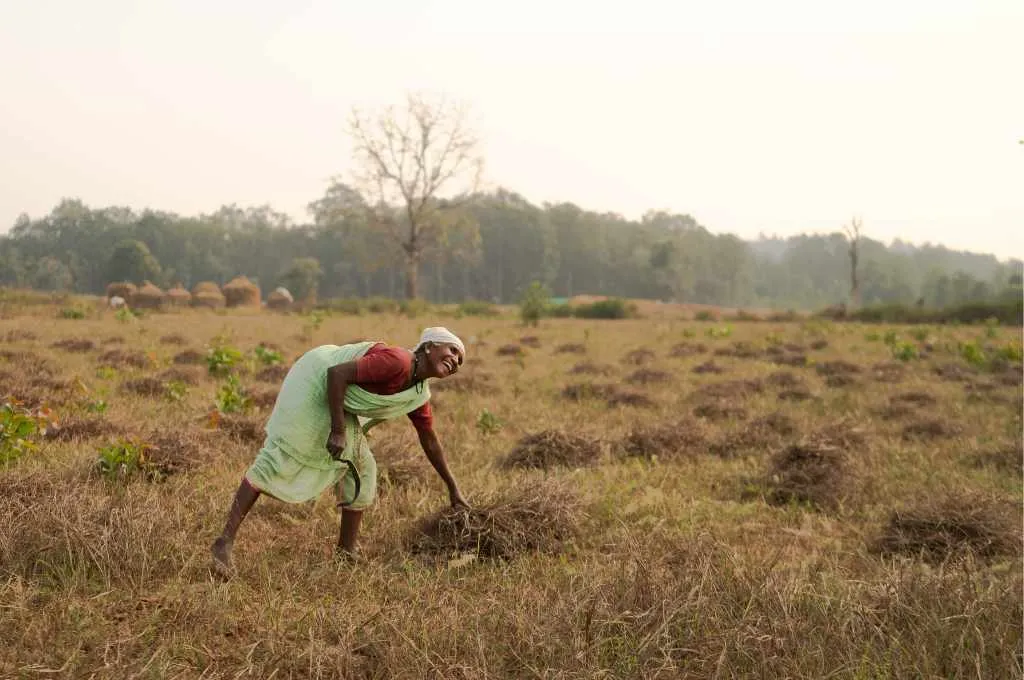In the heart of India’s agricultural landscape, a quiet revolution is taking place, one that promises to transform the way smallholder farmers process finger millet. A recent study published in the *Journal of Engineering Sciences* introduces a novel finger millet thresher with an integrated dehusker, designed to boost efficiency and reduce labor for marginal farmers. This innovation could reshape the agricultural sector, particularly in regions where finger millet is a staple crop.
The research, led by Balappa U. from the Department of Mechanical and Manufacturing Engineering at M S Ramaiah University of Applied Sciences, focuses on the mechanization of finger millet threshing. The study highlights the development and evaluation of a low-cost, efficient solution tailored for small-scale farmers. “The goal was to create a machine that not only enhances productivity but also reduces the physical burden on farmers,” Balappa U. explained. This innovation addresses a critical need in the agricultural sector, where manual threshing is labor-intensive and time-consuming.
The engineering design approach involved a thorough analysis of key physical parameters such as panicle size, angle of repose, bulk density, wall friction, and moisture content. These parameters were crucial in informing the design of the hopper and power system. The machine’s components, including the hopper drum, belt drives, threshing cylinder shaft, winnower shaft, and sieving mechanism, were meticulously designed to ensure optimal performance.
Performance evaluation revealed impressive results. The machine achieved a conversion ratio of 0.5 kg of finger millet per kg of dry ear buds, demonstrating its effectiveness in processing the crop. With a throughput capacity of 100 kg/hr and a threshing time of approximately 10 minutes per kg of finger millet, the machine showcased good operational efficiency. The overall efficiency was recorded at an impressive 91.66%, underscoring the practicality and reliability of the design.
The implications of this research are significant for the agricultural sector. By mechanizing the threshing process, farmers can reduce labor costs and increase productivity, ultimately improving their economic prospects. “This innovation has the potential to support sustainable agriculture by making the threshing process more efficient and less labor-intensive,” Balappa U. noted. The machine’s design and functionality could pave the way for similar innovations in other crops, further enhancing agricultural productivity and sustainability.
As the agricultural sector continues to evolve, the integration of technology and engineering design will play a pivotal role in shaping the future of farming. This research not only highlights the importance of mechanization but also underscores the need for continuous innovation to address the challenges faced by smallholder farmers. The finger millet thresher with an integrated dehusker is a testament to the power of engineering design in driving agricultural advancements, offering a glimpse into a future where technology and agriculture converge to create a more sustainable and productive farming landscape.

